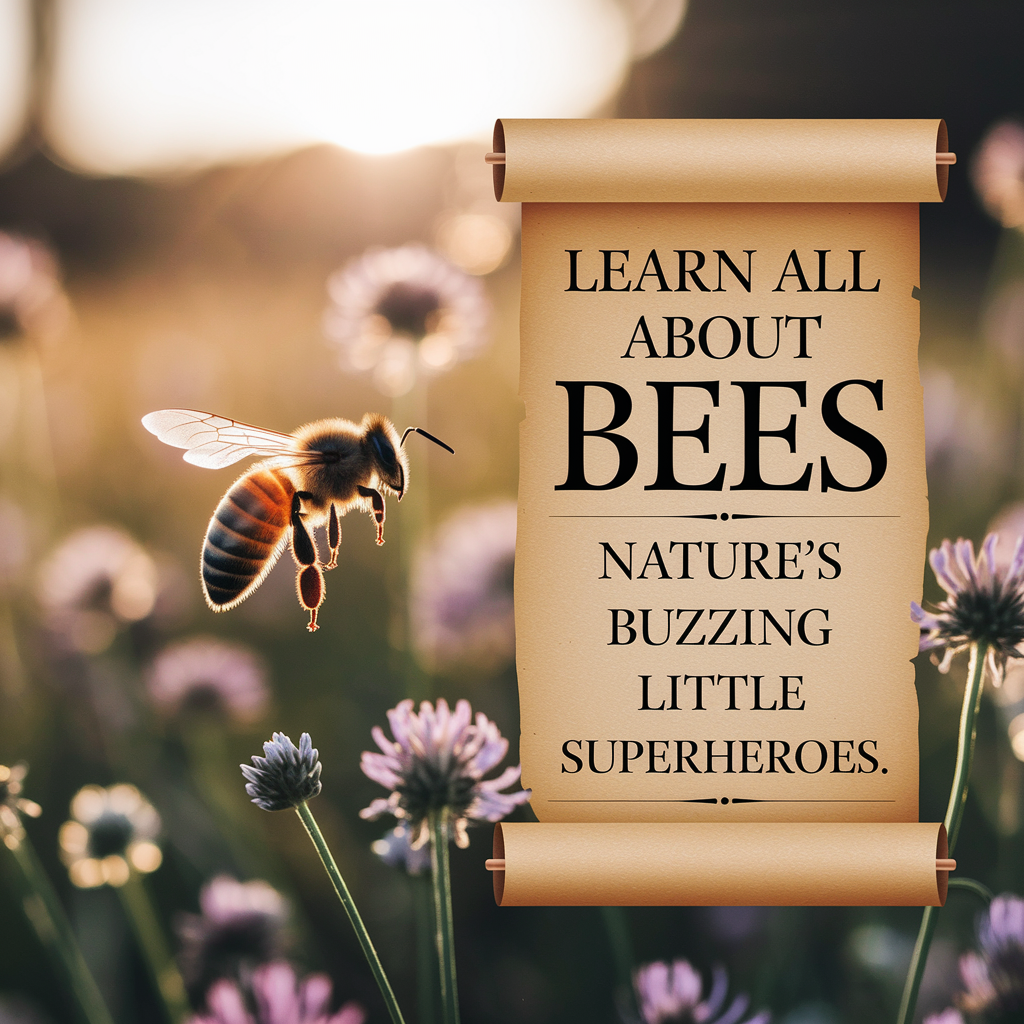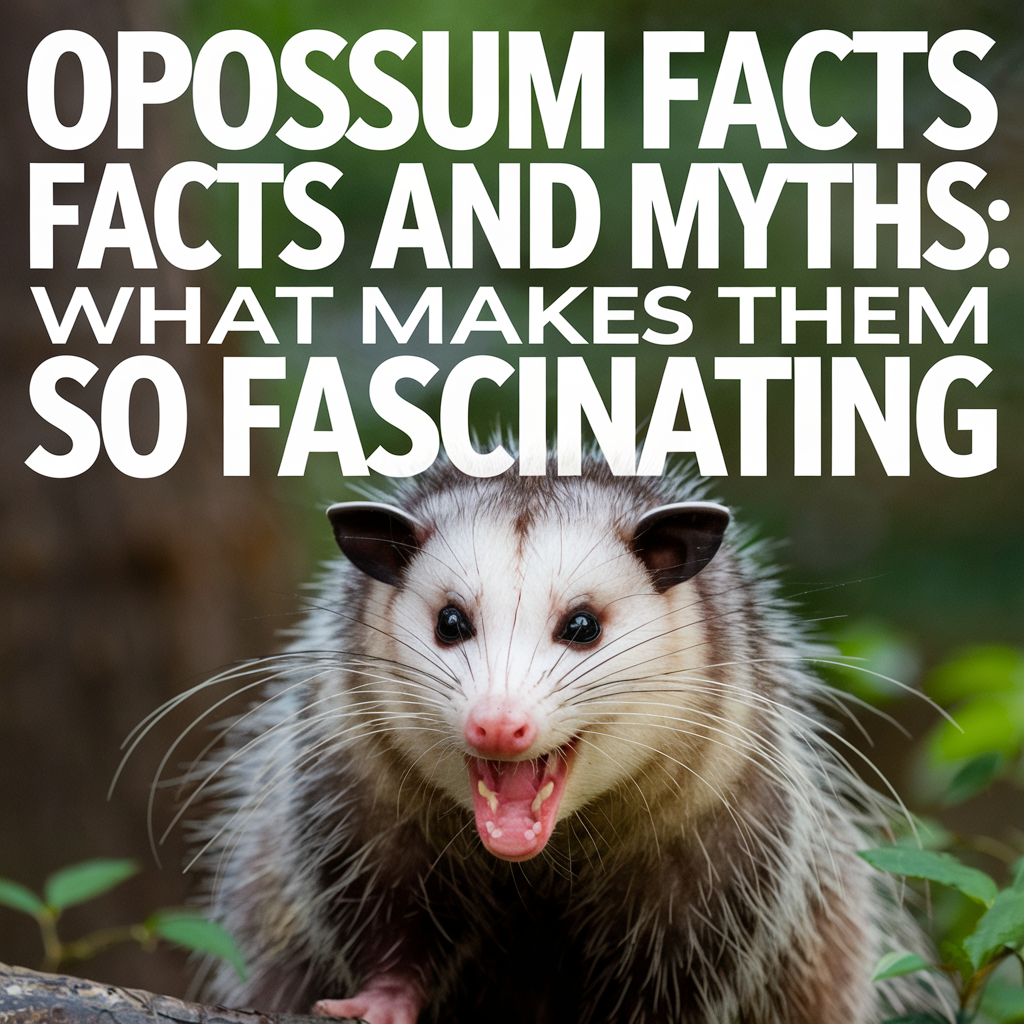
What Makes Bees So Important to the Planet?
If bees disappeared tomorrow, your dinner plate would look real sad. These little guys aren’t just buzzing around aimlessly—they’re responsible for pollinating roughly one-third of all the food we eat. Apples, almonds, blueberries, cucumbers—yeah, you can thank a bee for those.
And it’s not just human food. Bees are a crucial link in keeping ecosystems balanced. They help wildflowers grow, provide food for other critters, and literally keep nature rolling.
You can dive deeper into different species over on our 🐝 bee category page.
Are All Bees the Same? Meet the Types You Might See
There are over 20,000 species of bees around the world, and not all of them make honey or even live in hives. Here are a few you’ll most likely come across in North America:
- Honeybee – The famous worker bee. Lives in large colonies, makes honey, and plays a major role in crop pollination.
- Bumblebee – Bigger and fuzzier, excellent pollinators thanks to their “buzz pollination” technique.
- Carpenter Bee – Often mistaken for bumblebees, but these guys bore into wood.
- Sweat Bee – Tiny and often metallic in color, attracted to the salt in human sweat.
- Mason Bee – Solitary bees that nest in holes and are amazing pollinators.
Some bees are social, some are loners, but all are fascinating in their own way.
What’s the Difference Between Bees and Wasps?
Let’s clear this up—not everything with wings and a stinger is a bee. Wasps tend to be sleeker, shinier, and way more aggressive. Bees? They’re the fuzzy, mostly chill pollinators who’d rather do their job than mess with you.
A few quick ways to tell the difference:
- Bees are hairy (helps them gather pollen), wasps are smooth.
- Bees make honey, wasps don’t.
- Bees usually sting once, wasps can sting over and over.
And if you’re wondering how to attract bees (but not wasps) to your yard—don’t worry, we’ll get to that.
Inside a Beehive: The Ultimate Teamwork Operation
Walk into a hive, and you’ve got tens of thousands of bees working like a well-oiled machine. Everyone’s got a job:
- Queen Bee: Lays all the eggs (sometimes over 1,000 a day).
- Worker Bees: All female, they gather nectar, protect the hive, make honey, and care for the young.
- Drones: The male bees. Their sole job? Mate with the queen. That’s it.
It’s a whole world in there. Hives are made of wax combs with perfectly shaped hexagons—literally one of nature’s most efficient designs.
Honey-Making 101: How Do Bees Make Honey?
Bees don’t just stumble into honey—it’s a whole process:
- Collect nectar from flowers and store it in a special “honey stomach.”
- Pass it between bees mouth-to-mouth, which reduces the water content and adds enzymes.
- Deposit it in honeycomb cells and fan it with their wings to dry it out even more.
- Seal it with wax to keep it fresh.
So yes, that spoonful of honey in your tea was carefully handcrafted by hundreds of bees. Kinda makes you respect it more, huh?
How Do Bees Pollinate?
Bees are pollination machines. As they land on flowers to collect nectar, pollen sticks to their hairy bodies. When they move on to the next flower, some of that pollen gets dropped off—allowing plants to reproduce.
This matters. Without pollination, many fruits, veggies, and even nuts wouldn’t grow. Some plants, like tomatoes and blueberries, actually rely on buzz pollination, a technique bumblebees are especially good at.
Check out more pollination details and bee behavior on our 🐝 bee category hub.
Do Bees Really Die When They Sting You?
Honeybees do—but not all bees.
When a honeybee stings, it leaves behind part of its abdomen and stinger, which unfortunately kills the bee. But other bees, like bumblebees and carpenter bees, can sting multiple times if provoked.
Here’s the thing though: most bees don’t want to sting you. They die (or risk dying), and they’d rather just get back to their job. So unless you’re stepping on one barefoot or swatting at them, you’re probably fine.
What Do Bees Eat (Besides Flower Nectar)?
It’s not just sugar water and pollen shakes.
Bees mainly consume:
- Nectar: Their energy source, turned into honey.
- Pollen: Protein source for developing larvae.
- Royal jelly: A protein-rich secretion fed to queen larvae.
Worker bees also feed the queen and the young, which means they’re constantly collecting and distributing food. Think of them as nature’s delivery drivers with wings.
Bees and Humans: A Relationship Thousands of Years Old
Humans and bees go way back—archaeologists have found evidence of honey collection going back 9,000 years. From ancient Egypt to modern-day farmers, people have always valued bees for their honey, beeswax, and pollination services.
Today, beekeeping is a booming practice again, especially with urban gardens and backyard hives becoming more popular.
The Buzz About Bee Communication
Bees don’t talk—but they sure dance.
Ever heard of the waggle dance? It’s how honeybees tell each other where to find nectar. The dance shows direction (based on the sun) and distance (based on duration of the waggle).
Bees also use vibrations, pheromones, and even body heat to send messages inside the hive. It’s wild stuff—and another reminder of how smart these little guys are.
How Long Do Bees Live?
It depends on the type of bee and their role.
- Worker bees live about 5–7 weeks. They work themselves to death, literally.
- Drones (male bees) live a few weeks and die after mating.
- Queen bees? They’re the royalty of the hive and can live up to 5 years.
Seasons matter, too. Winter bees tend to live longer since they’re not flying around constantly gathering nectar.
Are Bees Really in Danger?
Unfortunately, yes. Bee populations have been in decline for years due to:
- Pesticide use
- Loss of habitat
- Climate change
- Parasites like the Varroa mite
- Diseases and colony collapse disorder
This isn’t just sad—it’s a real threat to ecosystems and global food production. Some farmers now rent bee colonies to pollinate crops, which should tell you how serious the shortage is getting.
You can do your part by planting bee-friendly flowers and avoiding chemicals in your yard.
What Should I Do If I See a Swarm?
First off—don’t panic. Swarming bees are usually not aggressive. They’re just looking for a new place to build a home and are following their queen.
Here’s what to do:
- Stay calm and keep your distance.
- Don’t spray them. That only makes things worse.
- Call a local beekeeper or pest control expert—most beekeepers will happily relocate the swarm for free.
And remember, swarming is a totally natural process.
Can You Really Keep Bees in Your Backyard?
Absolutely—and it’s becoming more popular every year. Backyard beekeeping gives you:
- Fresh, local honey 🍯
- Pollination help for your garden
- A front-row seat to some of nature’s coolest behavior
You’ll need a hive, a bee suit, some tools, and either order bees or catch a local swarm. But many cities actually allow it now (check local laws just in case).
It’s a learning curve—but an incredibly rewarding one.
Do Bees Sleep?
Yep, bees need their rest just like us. After a long day of foraging, worker bees find a quiet spot in the hive and take naps—sometimes up to 8 hours!
You might even spot a bumblebee snoozing inside a flower overnight. Don’t worry—it’s just recharging.
This discovery (that bees sleep and even dream) is part of what makes studying them so mind-blowing. These are complex, intelligent creatures.
How Do Bees Survive Winter?
Honeybees don’t hibernate—they cluster together in their hive, shivering their wings to stay warm. The queen stays in the center while the workers rotate in and out like a little furnace.
They survive by eating the honey they spent all summer storing. That’s why beekeepers don’t take all the honey—they leave enough to feed the colony through winter.
Other bees, like bumblebees, die off except for the fertilized queen, who hibernates underground until spring.
Do Bees Recognize Humans?
Surprisingly—yes. Bees can recognize human faces!
Studies have shown that bees use pattern recognition to differentiate between faces. It’s part of how they identify flowers and hive mates.
So that bee that keeps buzzing around your head? Might not be random after all. If you’re nice, they may just remember you.
Fun Bee Facts That Might Blow Your Mind
Let’s throw some cool facts at you:
- A single bee produces only 1/12 of a teaspoon of honey in its entire life.
- Bees beat their wings about 200 times per second—that’s what creates the buzz.
- Bees have 5 eyes—two big compound ones and three little simple ones.
- A colony can travel up to 55,000 miles to make a single pound of honey.
Kind of makes you want to high-five a bee (from a distance).
How to Attract Bees to Your Yard (The Right Way)
Want to help bees thrive? Here’s how to make your yard a bee haven:
- Plant native flowers—like wildflowers, lavender, clover, or bee balm.
- Avoid pesticides, especially ones with neonicotinoids.
- Add a water source—like a shallow dish with pebbles for landing.
- Leave some bare ground—some solitary bees nest underground.
- Provide shelter with bee hotels or brush piles.
Not only will you help the ecosystem, but your garden will thank you with more blooms.
Want More? Explore Our Full Bee Hub 🐝
If you’ve made it this far, you’re clearly into bees—and we’re right there with you. There’s so much more to explore, from honeybee behavior to strange solitary bee species and bee-saving tips.
Make sure to explore our full 🐝 bee category page here to keep learning and falling in love with the world of bees.



